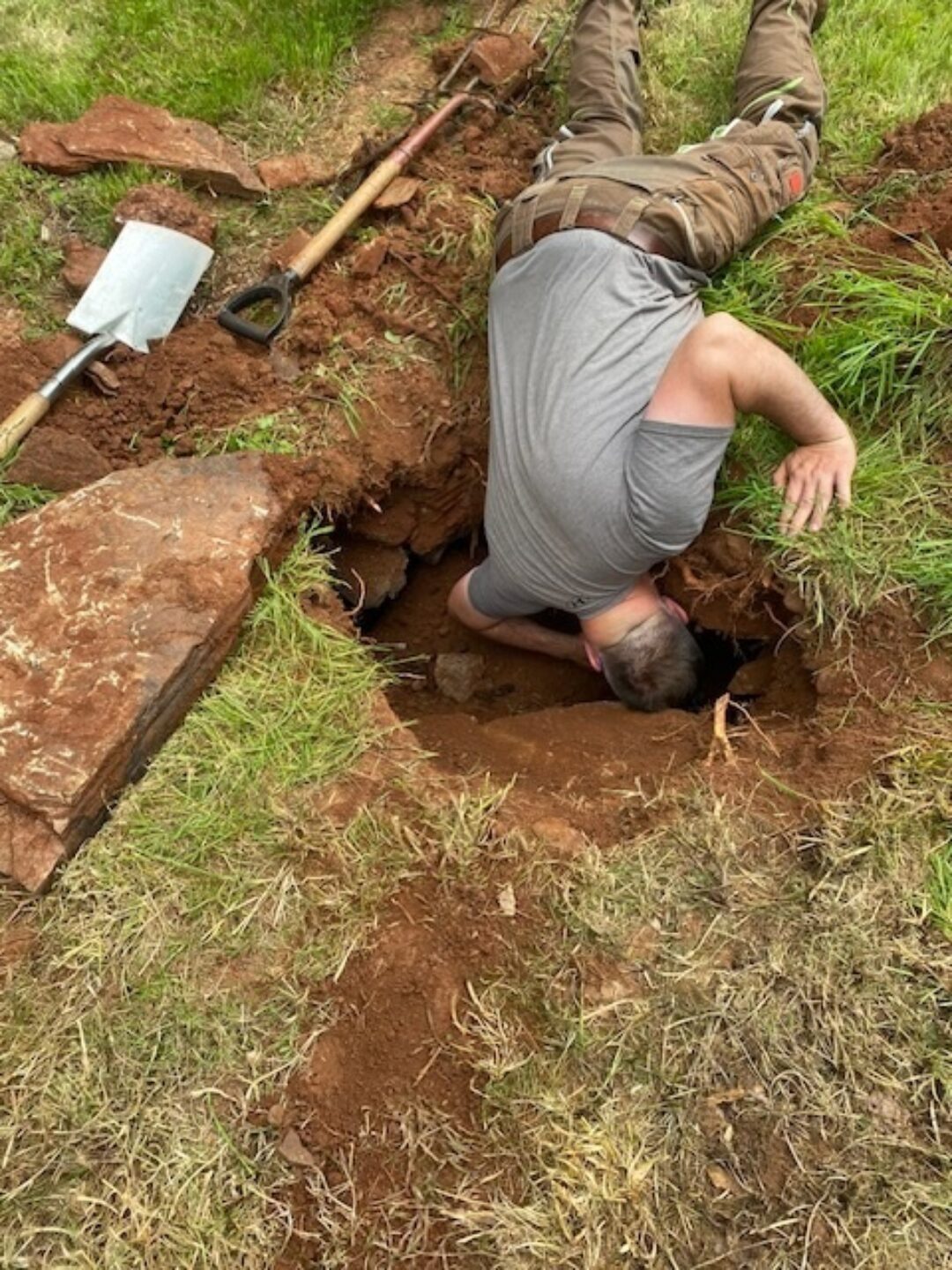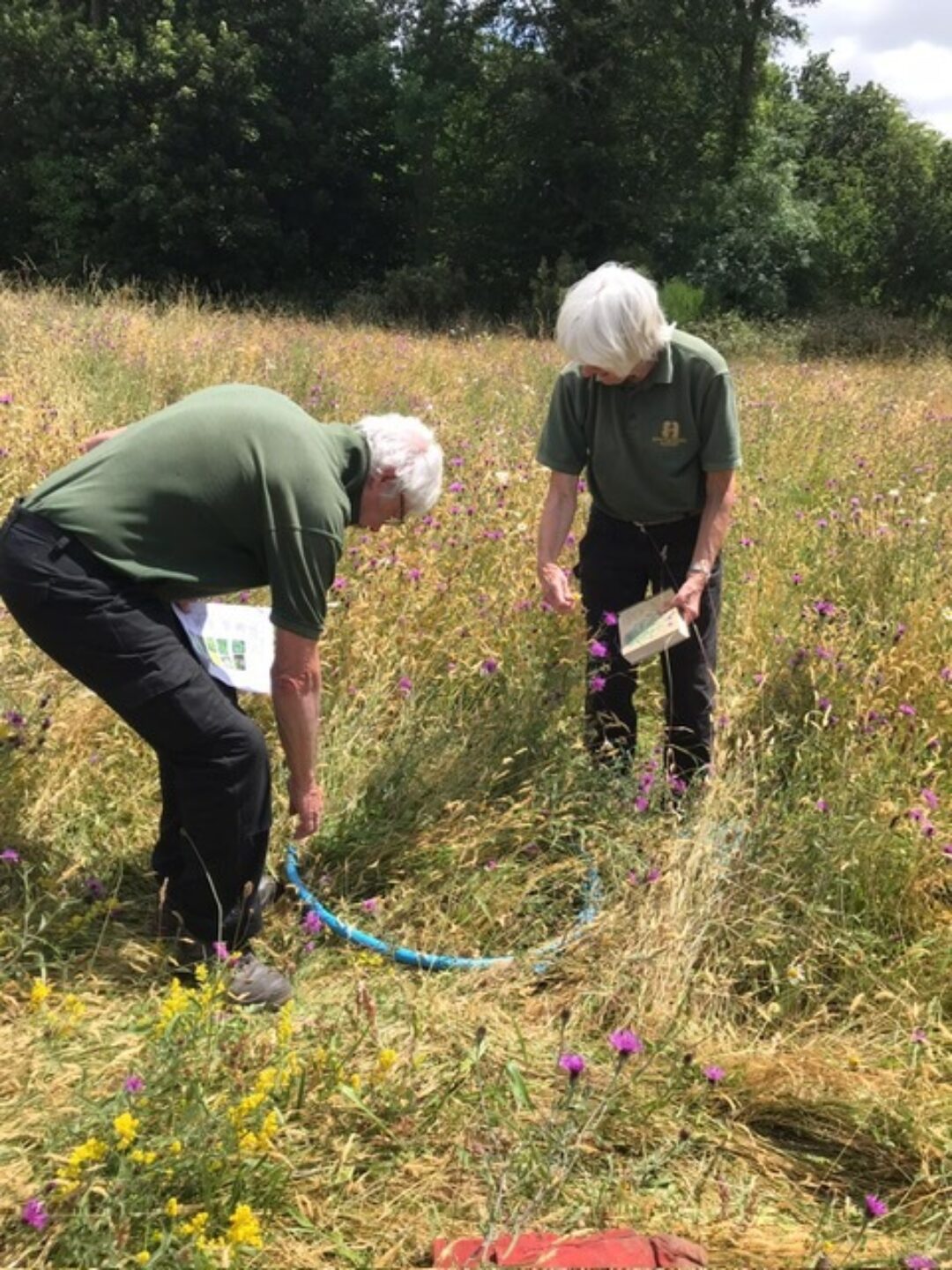Peak summer flowering has arrived! The late season has meant that everything has pretty much flowered at once but it creates a wonderful full effect. The roses responded brilliantly to the weather and we have had some marvellous blooms. We are desperately trying to keep up with deadheading with the aim to get a second flush of flowers. Then we will leave them to produce hips for autumn colour. As all of our rose varieties date from pre-1904, they do not have any of the modern disease resistance which these days is built in via the breeding programmes. It means we will always have blackspot. We don’t believe in using harmful fungal sprays so good hygiene is essential to help prevention and spread. Any fallen leaves are swept up and incinerated, rather than composted, to prevent it spreading. We have tried using homemade garlic sprays as a form of anti bac- but it's not nice for visitors when they put their nose in a gloriously scented rose, only to find it whiffs of garlic! Some of my favourite roses in the garden are 'White Pet' on the Victorian terrace, 'Mme Plantier' in the beds on the pergola, 'Jersey Beauty' climbing the pergola, and 'Hebe's Lip' on the west rill - my favourites mainly because they are good 'do-ers'.
All the bedding plants are now in, some grown by us, others grown for us- such as the Victorian Terrace. We are using a new bedding supplier who uses 40% less peat in their compost. It's impossible to find anyone local who grows on this scale using peat free. Bedding plants aren't fashionable at the moment so there are very few young people coming into that side of the trade. This means that most of the suppliers are reaching retirement and most have said that when the government says they have to go peat free, that is when they will retire. The financial risk to them at this stage is too huge. The tricky growing season has meant that the supplier struggled to grow everything in our order. Luckily we had taken the decision to leave in some of the plants that create the structure of the main beds. The Heuchera and Carex down the middle, and the Thyme round the outside were planted as part of last winter's bedding scheme and left in for the summer. The supplier offered us a mix of different bedding plants instead but of course this meant that the intricate pattern that we had intended to create had to go out the window, and a more ad hoc approach had to be used- no doubt it will prove to be one of the most successful years so far! We are using a plant that we haven't had on the terrace before called Begonia 'Glowing Embers'. It has rich dark leaves and bright orange flowers- quite striking. I first saw it trailing from a big pot at the American Museum Gardens near Bath and really liked the idea of it sprawling across the beds. Joining this is a mix of Zinnia 'Green Envy', Senecio cineraria, Heliotrope arborescens, and Tagetes 'Tangerine'. So it will be a colourful display!
In the landscape garden lots of mowing and strimming has been carried out. Throughout the season we are lucky that the valley puts on a great display of snowdrops, followed by daffodils, followed by red campion and foxgloves. We leave it all growing partly to keep a seed bank of the plants and partly to support insect life, which in turn supports our population of lesser horseshoe bats. The path edges are strimmed to stop the plants flopping over the paths and some areas of the garden are kept mowed, such as the mausoleum lawn and the cascade, to show them off.The big cut then takes place from the end of July. Around the estate where we are able to loosen control, we have been happy to extend 'no mow may' into June and July. The insects were so slow to get going this year in the cooler weather that we felt we wanted to leave them a later food and habitat source.
You may have noticed some work taking place where the Richard Long sculpture used to be. Under this lawn is an 18th Century culvert. It comes from the Chinese bridge where there are two sluice gates. One controls the water that goes along the leat path to form the cascade, and the other (mainly used in winter when we have a lot of water) takes the water through this underground culvert to join the stream at the bottom of the cascade. The 'pipe' of the cascade is made in a very similar fashion to the rills in the Edwardian garden the base has huge slabs of Morte slate, with towers of smaller pieces of slate at the sides, which is then topped with huge slabs to form a tunnel for the water to flow down. Part of this tunnel has collapsed so we are in the process of restoring it. We think that the unpredictable weather patterns have destabilised the soil, making it hard and cracked one minute, and absolutely saturated the next, causing the soil to shrink and swell, and the ground to move. A mini digger and driver are booked in to help us move the soil and slabs and rebuild the structure.
We also have another issue in that area. We have discovered a wet patch from a leak (or several leaks) in the leat which means that the water is escaping before it gets to the cascade, making the fall less dramatic. The problem is figuring out where the leak is coming from! The leat also continually shifts but this time it is often tree roots that force the holes. It's a good job we love a challenge!
This week we have taken a team of volunteers and some children from Bishop Fox’s school (here on work experience) up to the wildflower meadow. They have been tasked with randomly throwing a quadrat (or in this case a circle of pipe) around the meadow and then using a spotter sheet developed by our student gardener Amy, they have been identifying and counting species within the circle of pipe. This information helps us to monitor biodiversity within the meadow and keep a record of changes year to year. Ben has been working on improving this meadow for about 20 years now. He is the king of yellow rattle and wildflower establishment and the improvement in species over the years is amazing. When I first came it was full of ox eye daisy and now there are all sorts of wonderful plants. I will share the results with you in the next couple of months, but in the meantime please take the opportunity to go and have a look. It smells wonderful- full of Lady's bedstraw- and is buzzing with wildlife.
And lastly- some fun.
As you all know it's been a great year for molluscs! I think we lost more than half of the Delphiniums this year thanks to them. A very kind person donated us some slug traps. They look like little plastic tents and have two holes near the bottom. You use these holes to add beer. The slugs can't resist, crawl in, get drunk, and drown. We have used so much beer in these that the slugs have literally drunk the bar dry. So we had to resort to cider. So we thought we would experiment and ask the question- do Somerset slugs prefer cider? Half of the traps have beer and half cider. We will count up the casualties and let you know the result of this top scientific project!


